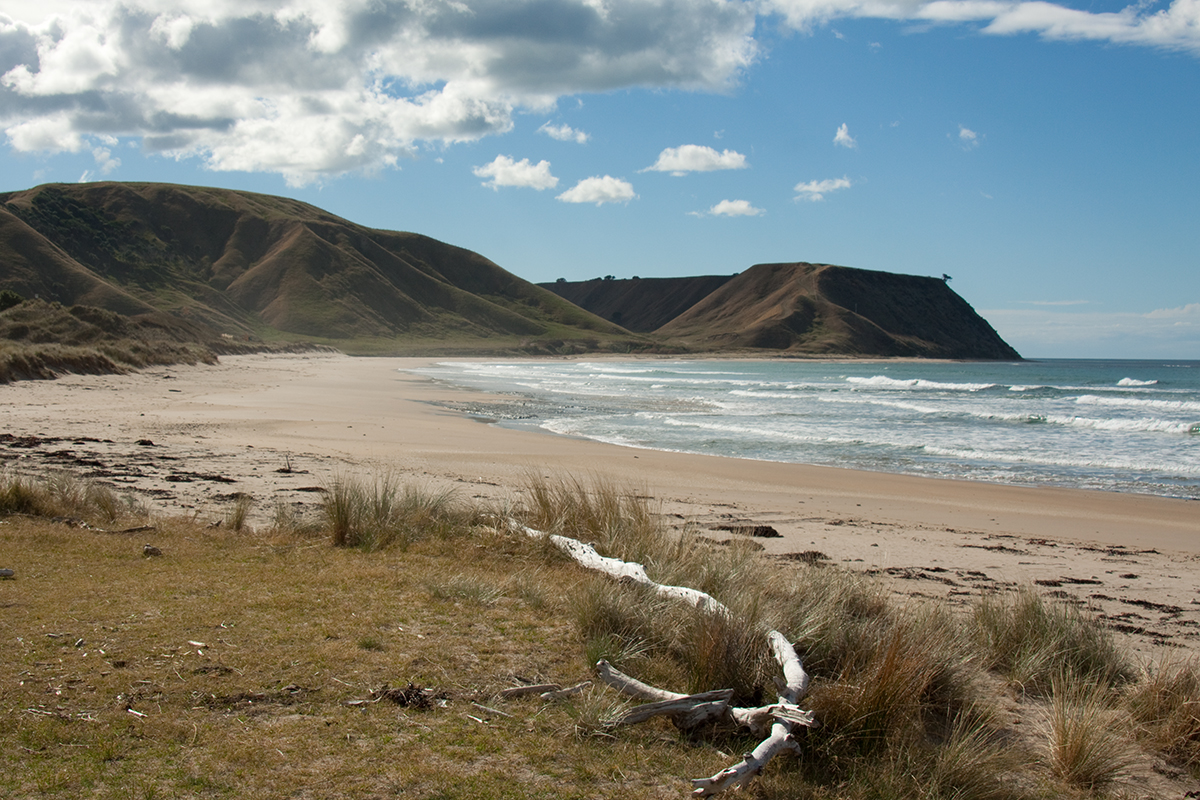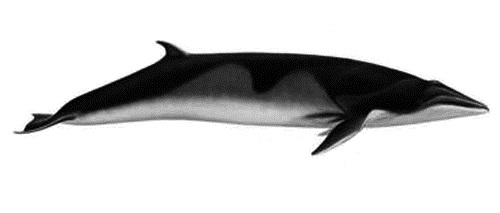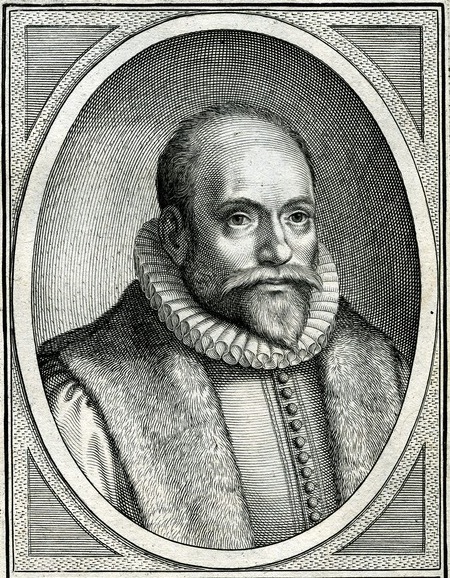|
Karitāne
The small town of Karitane is located within the limits of the city of Dunedin in New Zealand, 35 kilometres to the north of the city centre. Set in rolling country near the mouth of the Waikouaiti River, the town is a popular holiday retreat for Dunedinites. History Early history The site of the present settlement of Karitane includes that of the pre-European Māori kaika, or undefended village. Giant moa were likely to be hunted in the area. It encompasses Huriawa on the adjacent peninsula, a pā or fortified village, recalled in oral tradition for sieges in the late 17th or early 18th centuries. It was also the site of the whaling station set up by Long, Wright and Richards in 1837. That was known as ''Waikouaiti'', but the name later became transferred to the present township of that name established by Johnny Jones as a farming settlement in 1840, on the north side of the estuary. Modern history In 1838, Jones acquired the Karitane whaling station, primarily targeti ... [...More Info...] [...Related Items...] OR: [Wikipedia] [Google] [Baidu] |
Dunedin
Dunedin ( ; ) is the second-most populous city in the South Island of New Zealand (after Christchurch), and the principal city of the Otago region. Its name comes from ("fort of Edin"), the Scottish Gaelic name for Edinburgh, the capital of Scotland. The city has a rich Māori people, Māori, Scottish people, Scottish, and Chinese people, Chinese heritage. With an estimated population of as of , Dunedin is New Zealand's seventh-most populous metropolitan and urban area. For cultural, geographical, and historical reasons, the city has long been considered one of New Zealand's four main centres. The urban area of Dunedin lies on the central-eastern coast of Otago, surrounding the head of Otago Harbour. The harbour and hills around Dunedin are the remnants of an extinct volcano. The city suburbs extend out into the surrounding valleys and hills, onto the isthmus of the Otago Peninsula, and along the shores of the Otago Harbour and the Pacific Ocean. Archaeological evidence poin ... [...More Info...] [...Related Items...] OR: [Wikipedia] [Google] [Baidu] |
Ngāi Tahu
Ngāi Tahu, or Kāi Tahu, is the principal Māori people, Māori (tribe) of the South Island. Its (tribal area) is the largest in New Zealand, and extends from the White Bluffs / Te Parinui o Whiti (southeast of Blenheim, New Zealand, Blenheim), Mount Māhanga and Kahurangi Point in the north to Stewart Island / Rakiura in the south. The comprises 18 (governance areas) corresponding to traditional settlements. According to the 2023 New Zealand census, 2023 census an estimated 84,000 people affiliated with the Kāi Tahu iwi. Ngāi Tahu originated in the Gisborne District of the North Island, along with Ngāti Porou and Ngāti Kahungunu, who all intermarried amongst the local Ngāti Ira. Over time, all but Ngāti Porou would migrate away from the district. Several were already occupying the South Island prior to Ngāi Tahu's arrival, with Kāti Māmoe only having arrived about a century earlier from the Hastings, New Zealand, Hastings District, and already having conquered W ... [...More Info...] [...Related Items...] OR: [Wikipedia] [Google] [Baidu] |
Regions Of New Zealand
New Zealand is divided into sixteen regions for local government in New Zealand, local government purposes. Eleven are administered by regional councils, and five are administered by Unitary authority#New Zealand, unitary authorities, which are territorial authorities of New Zealand, territorial authorities that also perform the functions of regional councils. Although technically a district but classed as a territory, The Chatham Islands Territory is outside the regions and is administered by the Chatham Islands Council, which is similar to a unitary authority, authorised under its own legislation. Current regions History and statutory basis The regional councils are listed in Part 1 of Schedule 2 of the Local Government Act 2002, along with reference to the ''New Zealand Gazette, Gazette'' notices that established them in 1989. The act requires regional councils to promote sustainable developmentthe social, economic, environmental and cultural well-being of their communitie ... [...More Info...] [...Related Items...] OR: [Wikipedia] [Google] [Baidu] |
Missionary
A missionary is a member of a Religious denomination, religious group who is sent into an area in order to promote its faith or provide services to people, such as education, literacy, social justice, health care, and economic development.Thomas Hale 'On Being a Missionary' 2003, William Carey Library Pub, . In the Bible translations into Latin, Latin translation of the Bible, Jesus, Jesus Christ says the word when he sends the disciples into areas and commands them to preach the gospel in his name. The term is most commonly used in reference to Christian missions, but it can also be used in reference to any creed or ideology. The word ''mission'' originated in 1598 when Jesuits, the members of the Society of Jesus sent members abroad, derived from the Latin (nominative case, nom. ), meaning 'act of sending' or , meaning 'to send'. By religion Buddhist missions The first Buddhist missionaries were called "Dharma Bhanaks", and some see a missionary charge in the symbolism ... [...More Info...] [...Related Items...] OR: [Wikipedia] [Google] [Baidu] |
Southern Right Whale
The southern right whale (''Eubalaena australis'') is a baleen whale, one of three species classified as right whales belonging to the genus ''Eubalaena''. Southern right whales inhabit oceans south of the Equator, between the latitudes of 20° and 60° south. In 2009 the global population was estimated to be approximately 13,600. Taxonomy Right whales were first classified in the genus '' Balaena'' in 1758 by Carl Linnaeus, who at the time considered all right whales (including the bowhead) to be a single species. In the 19th and 20th centuries the family Balaenidae was the subject of great taxonometric debate. Authorities have repeatedly recategorised the three populations of right whale plus the bowhead whale, as one, two, three or four species, either in a single genus or in two separate genera. In the early whaling days, they were all thought to be a single species, ''Balaena mysticetus''. The southern right whale was initially described as ''Balaena australis'' by Des ... [...More Info...] [...Related Items...] OR: [Wikipedia] [Google] [Baidu] |
Humpback Whale
The humpback whale (''Megaptera novaeangliae'') is a species of baleen whale. It is a rorqual (a member of the family Balaenopteridae) and is the monotypic taxon, only species in the genus ''Megaptera''. Adults range in length from and weigh up to . The humpback has a distinctive body shape, with long pectoral fins and tubercles on its head. It is known for Cetacean surfacing behaviour, breaching and other distinctive surface behaviors, making it popular with whale watching, whale watchers. Males produce a complex Whale sound, song that typically lasts from 4 to 33 minutes. Found in oceans and list of seas, seas around the world, humpback whales typically animal migration, migrate between feeding areas towards the poles and breeding areas near the equator. They feed in Polar region, polar waters and migrate to tropics, tropical or subtropical waters to breed and give birth. Their diet consists mostly of krill and small fish, and they usually Bubble-net feeding, use bubbles to c ... [...More Info...] [...Related Items...] OR: [Wikipedia] [Google] [Baidu] |
Wesleyanism
Wesleyan theology, otherwise known as Wesleyan–Arminian theology, or Methodist theology, is a theological tradition in Protestant Christianity based upon the ministry of the 18th-century evangelical reformer brothers John Wesley and Charles Wesley. More broadly it refers to the theological system inferred from the various sermons (e.g. the Forty-four Sermons), theological treatises, letters, journals, diaries, hymns, and other spiritual writings of the Wesleys and their contemporary coadjutors such as John William Fletcher, Methodism's systematic theologian. In 1736, the Wesley brothers travelled to the Georgia colony in America as Christian missionaries; they left rather disheartened at what they saw. Both of them subsequently had "religious experiences", especially John in 1738, being greatly influenced by the Moravian Christians. They began to organize a renewal movement within the Church of England to focus on personal faith and holiness, putting emphasis on the import ... [...More Info...] [...Related Items...] OR: [Wikipedia] [Google] [Baidu] |
South Island
The South Island ( , 'the waters of Pounamu, Greenstone') is the largest of the three major islands of New Zealand by surface area, the others being the smaller but more populous North Island and Stewart Island. It is bordered to the north by Cook Strait, to the west by the Tasman Sea, to the south by the Foveaux Strait and Southern Ocean, and to the east by the Pacific Ocean. The South Island covers , making it the List of islands by area, world's 12th-largest island, constituting 56% of New Zealand's land area. At low altitudes, it has an oceanic climate. The most populous cities are Christchurch, Dunedin, Nelson, New Zealand, Nelson and Invercargill. Prior to European settlement, Te Waipounamu was sparsely populated by three major iwi – Kāi Tahu, Kāti Māmoe, and the historical Waitaha (South Island iwi), Waitaha – with major settlements including in Kaiapoi Pā near modern-day Christchurch. During the Musket Wars expanding iwi colonised Te Tau Ihu Māori, Te Tau Ihu, ... [...More Info...] [...Related Items...] OR: [Wikipedia] [Google] [Baidu] |
James Watkin
James may refer to: People * James (given name) * James (surname) * James (musician), aka Faruq Mahfuz Anam James, (born 1964), Bollywood musician * James, brother of Jesus * King James (other), various kings named James * Prince James (other) * Saint James (other) Places Canada * James Bay, a large body of water * James, Ontario United Kingdom * James College, a college of the University of York United States * James, Georgia, an unincorporated community * James, Iowa, an unincorporated community * James City, North Carolina * James City County, Virginia ** James City (Virginia Company) ** James City Shire * James City, Pennsylvania * St. James City, Florida Film and television * ''James'' (2005 film), a Bollywood film * ''James'' (2008 film), an Irish short film * ''James'' (2022 film), an Indian Kannada-language film * "James", a television episode of ''Adventure Time'' Music * James (band), a band from Manchester ** ''James'', US title of ... [...More Info...] [...Related Items...] OR: [Wikipedia] [Google] [Baidu] |
Waikouaiti
Waikouaiti is a small town in East Otago, New Zealand, within the city limits of Dunedin. The town is close to the coast and the mouth of the Waikouaiti River. Today, Waikouaiti is a retail trade and servicing centre for the surrounding district, which has sheep farming as the principal primary activity. A major egg producer, Zeagold Foods, a branch of Mainland Poultry LTD has a 500,000-hen factory farming operation here and is in the process of expanding over the next year to meet demand for egg products. Hawksbury, southwest of Waikouaiti, has a cheese factory and shop, a swimming pool and housing developed from the old mental health institution, Cherry Farm. Karitane, to the southeast has a small fishing port. History Prior to the arrival of Europeans the area was occupied by Māori, who had a kāinga, or unfortified settlement, at modern Karitane and a pā, or fortified settlement, on the adjacent Huriawa Peninsula. An 1826 sketch of the east Otago coast, shows ... [...More Info...] [...Related Items...] OR: [Wikipedia] [Google] [Baidu] |
An Encyclopaedia Of New Zealand
''An Encyclopaedia of New Zealand'' is an official encyclopaedia about New Zealand, published in three volumes by the New Zealand Government in 1966. Edited by Alexander Hare McLintock, the parliamentary historian, assisted by two others, it contained over 1,800 articles and 900 biographies, written by 359 contributing authors. The Government commissioned the encyclopaedia in 1959 and McLintock started work on it in mid-1960. The encyclopaedia is more comprehensive, and more representative of minorities, than previous New Zealand reference works, such as the vanity press '' The Cyclopedia of New Zealand'' published around sixty years earlier, but not as representative as the later ''Dictionary of New Zealand Biography''. A number of women were included as representing firsts, including Kate Edger. Its publication in November 1966 met with an enthusiastic response; within two months almost all of its initial print run of 34,000 copies had sold. After the last 3,000 copies sol ... [...More Info...] [...Related Items...] OR: [Wikipedia] [Google] [Baidu] |







